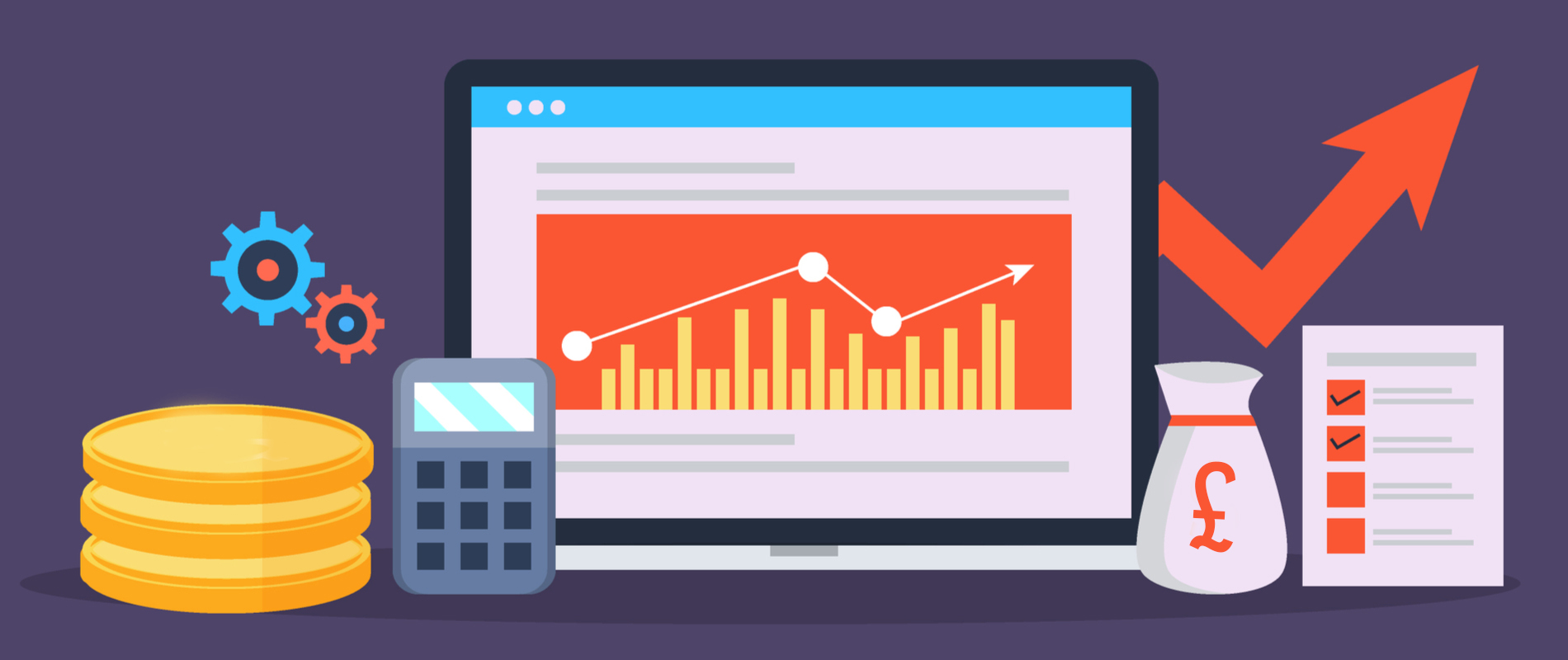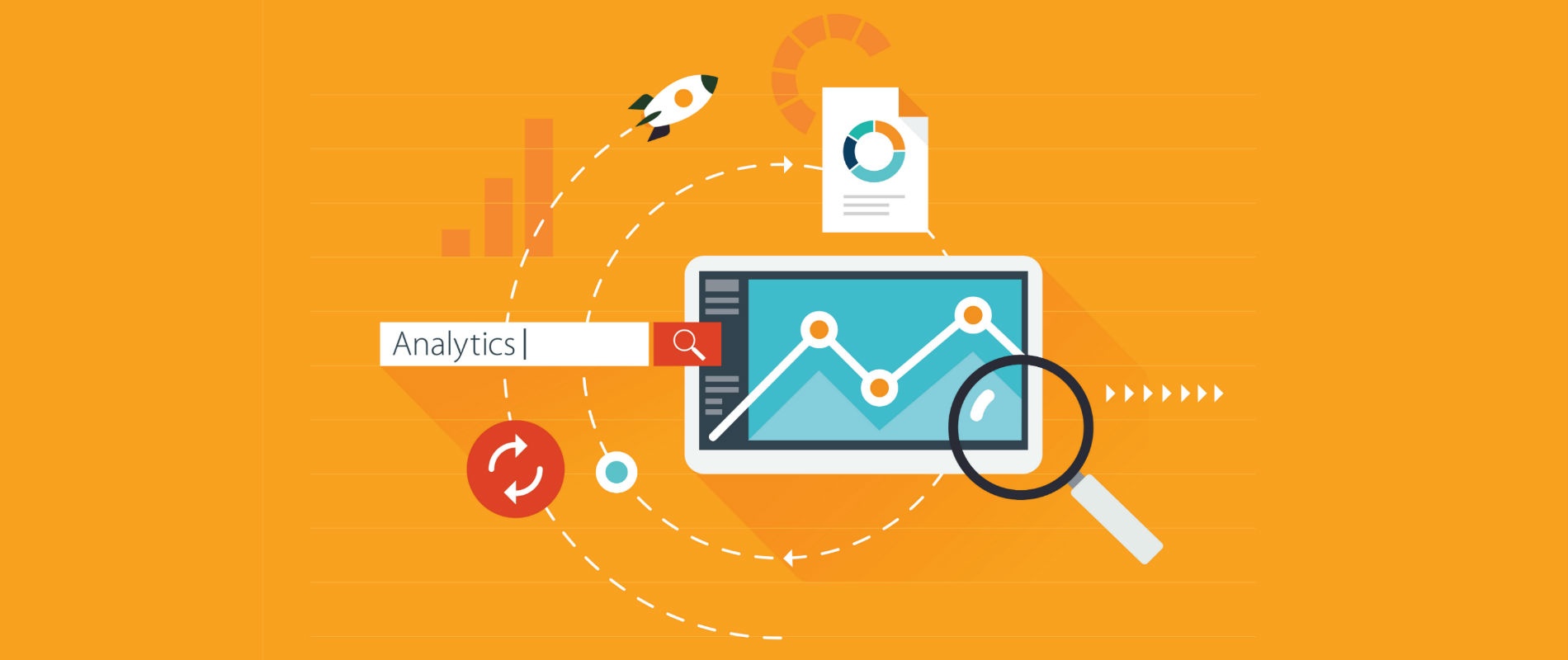
Get weekly
HubSpot updates
SaaS marketers can find themselves in a unique position compared to other industries. They are usually surrounded by analytical, data-driven types, making it vital for them to accurately report on the ROI from their marketing efforts to get sign off from their CFO at the next budget meeting.
So, how do you go about defining what marketing metrics you should be reporting back on? And how can you use this data to optimise your marketing strategy to generate more leads?
The vital SaaS marketing metrics
With the level of data available at your fingertips through free analytics tools such as Google Analytics and native ads analytics, it can be easy to become overwhelmed with what you should be focusing on and reporting back to your boss. However, by setting your goals per the metrics we’ve outlined below, and aligning these to your own business goals, you will be able to clearly demonstrate how marketing your software improves your bottom line.
The three goals for any marketing manager will usually revolve around the following:
- Acquiring new customers quickly and in a cost-effective manner.
- Retaining current customers.
- Upselling to existing customers to increase their lifetime value.
Sound familiar?
If so, how do you track and measure that your marketing team are doing a good job?
We’ve put together a list of SaaS marketing metrics that can help you stay on track with your business goals, as well as help report back to the business stakeholders how well you are doing.
1. Website visitors and leads
Any software company will know that the website is an essential marketing and sales tool for your SaaS business, and so it's not surprising to see website visitors and leads as a vital marketing metric to help prove your ROI.
Firstly, you will want to look at your website visitors; what percentage of traffic is coming from each source and what conversion rates are you having on the website per source?
2. Converting leads to sale qualified leads
Next, you will want to take the conversion rates from leads to sales qualified leads. How many of these leads that are coming through the website are being accepted by your sales team? If you find that you have a high sales rejection rate, it may be time to look at the strategy behind the content on the website. Is it written to appeal to the right buyer personas? Are you spending your saas marketing budget on the right target marketing, in the right traffic source?
By working closely with your sales team to understand why leads are rejected or qualified, you as the marketing team will be in a much stronger position to tweak your campaigns or marketing strategy in a shorter turnaround then if you were to track the new customer conversions alone – especially if your software has a long sales cycle.
3. Attributing new customers to your marketing
The BIG metric that you want to ensure you are following is the number of new customers directly related to your marketing activity. This is where a good CRM, such as HubSpot, can be a real aid to SaaS marketing metrics. Ultimately if you are going to prove the ROI of your new business marketing, you are going to need to know how your new customers found you and link this number back to your campaign or activity.
To understand what kind of content will best support your sales team, you should work closely with them. Sales teams have direct insight into the questions prospects are asking. This gives the canny marketing manager the knowledge they need to create sales enablement content that can accelerate the sales process by ensuring prospects get the answers they want quickly.
Start tracking your SaaS marketing metrics with this reporting template.
4. Customer lifetime value (CLV)
Due to the pricing models software companies tend to work within, it is likely that the initial price of purchase isn’t the final value of your customer. From subscription costs to renewals, an existing customer is just as important to your business’ bottom line, if not more so, than a new customer.
Therefore, understanding the lifetime value for your customers, based on the average length of time they are likely to stay with you and the software package they are on, you will be able to get a much clearer picture of your customers’ true value.
By tracking this figure regularly, you will be able to catch any fluctuations which could indicate the quality of leads that have led to sales to any operations changes that can help lead to more renewals in the future.
Remember, a SaaS marketing managers job isn’t over at purchase, but assisting in delighting your customers and educating them on upgrade offerings should all be tracked through the sales and marketing teams.
To work out your average CLV, you will need to first work out the below metrics:
- Average purchase value = Total annual revenue / Number of annual purchases
- Average purchase frequency rate = Number of annual purchases / Number of annual unique customers
- Customer value = Average purchase value x average purchase frequency rate
- Average customer lifespan = Total number of years customers stay in contract / Number of contracts
- Customer lifetime value = Customer value x Average customer lifespan
Once you have this figure, not only are you able to estimate a revenue value you can reasonably expect from the average customer, but you can also work this into growth targets to allow for any expected customer churn.
5. Customer acquisition cost (CAC)
Once you have a clear CLV, you’ll want to calculate your CAC across your marketing efforts. This then allows you to work out realistic, data-driven marketing budgets to align with your company’s goals to ease the sign off process.
This figure can then be used as a benchmark for any campaign reporting or advertising metrics to make sure you aren’t overspending on marketing to prospects through different channels based on the customers actual worth to the business.
Customer acquisition cost = Annual marketing spend / Total number annual purchases
Once you have your CAC, you can use your lead to customer conversion rate to work out the cost per lead you should aim for to keep within your marketing budget.
For example, if your CAC is £1000 and your lead to customer conversion rate is 10%, you will need a cost per lead of £100.
From here, you are able to use this as your cost per lead benchmark for any future campaigns to calculate the campaign budget needed to reach the customer goals that have been set.
By having clear ROI figures that you can show to the other stakeholders in your business, you will be better positioned to secure buy-in for your marketing strategies, as well as get the recognition your team deserves. Marketing managers can have a tendency to stay in their comfort zone and report on brand awareness and share of voice – but if you can’t prove the budget you’ve been allocated has contributed to the overall growth of your business, you may find yourself always fighting for the scraps at the budget table.

